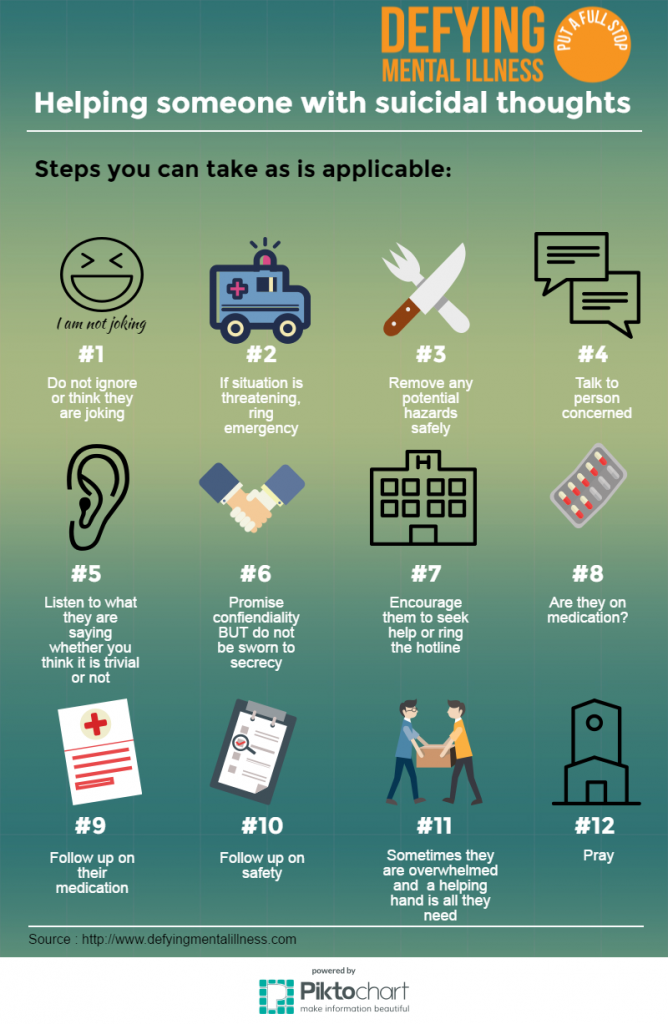What Is Radical Acceptance In Dbt
What Is Radical Acceptance In Dbt
Blog Article
How Do State Of Mind Stabilizers Work?
State of mind stabilizers aid to relax areas of the brain that are influenced by bipolar disorder. These medicines are most efficient when they are taken routinely.
It might take a while to discover the right medicine that works ideal for you and your doctor will certainly monitor your problem throughout therapy. This will entail routine blood tests and possibly a modification in your prescription.
Neurotransmitter guideline
Neurotransmitters are a team of chemicals that regulate each other in healthy and balanced individuals. When degrees end up being out of balance, this can lead to state of mind disorders like depression, anxiousness and mania. Mood stabilizers help to avoid these episodes by aiding control the equilibrium of these chemicals in the brain. They likewise might be made use of alongside antidepressants to enhance their efficiency.
Medicines that function as state of mind stabilizers include lithium, anticonvulsants and antipsychotics. Lithium is maybe one of the most well known of these medicines and jobs by influencing the circulation of sodium with nerve and muscular tissue cells. It is most often utilized to deal with bipolar disorder, however it can likewise be handy in treating other state of mind disorders. Anticonvulsants such as valproate, lamotrigine and carbamazepine are additionally reliable mood supporting drugs.
It can take a while to discover the appropriate type of medicine and dose for each and every person. It's important to collaborate with your doctor and take part in an open discussion regarding how the medicine is working for you. This can be especially handy if you're experiencing any kind of negative effects.
Ion network modulation
Ion networks are a significant target of state of mind stabilizers and several other medications. It is currently well established that they are dynamic entities that can be modulated by a selection of exterior stimulations. On top of that, the inflection of these networks can have a variety of temporal results. At one extreme, changes in gating dynamics might be quick and instant, as in the nicotinic acetylcholine receptor/channel system. At the various other end of the spectrum, covalent alteration by protein phosphorylation might cause adjustments in channel feature that last much longer.
The area of ion network inflection is getting in a duration of maturity. Recent researches have actually shown that transcranial concentrated ultrasound (United States) can stimulate neurons by triggering mechanosensitive potassium and sodium channels installed within the cell membrane. This was demonstrated by revealed channels from the two-pore domain name potassium household in Xenopus oocytes, and focused United States considerably modulated the present flowing through these networks at a holding voltage of -70 mV (right panel, relative impact). The outcomes follow previous monitorings showing that antidepressants affecting Kv networks regulate glia-neuron interactions to contrary depressive-like actions.
Neuroprotection
State of mind stabilizers, like lithium, valproic acid (VPA), and carbamazepine, are important in the therapy of bipolar disorder, which is characterized by reoccurring episodes of mania and depression. These drugs have neuroprotective and anti-apoptotic residential properties that aid to stop mobile damages, and they likewise improve cellular durability and plasticity in inefficient synapses and neural circuitry.
These protective actions of state of mind stabilizers may be moderated by their restraint of GSK-3, inositol signaling, and HDAC activity. Moreover, long-term lithium therapy safeguards against glutamate excitotoxicity in cultured nerve cells-- a model for neurodegenerative problems.
Research studies of the molecular and cellular results of state of mind stabilizers have actually shown that these medications have a variety of intracellular targets, consisting of several kinases and receptors, as well as epigenetic adjustments. Further study is required to identify if state of mind stabilizers have neurotrophic/neuroprotective actions that are cell kind or circuitry details, and exactly how these results might match the rapid-acting therapeutic feedback of these agents. This will certainly assist to develop brand-new, faster acting, extra efficient therapies for psychiatric ailments.
Intracellular signaling
Cell signaling is the process through which cells interact with their environment and other cells. It entails a sequence of action counseling services in which ligands communicate with membrane-associated receptors and bring about activation of intracellular pathways that control essential downstream mobile functions.
State of mind stabilizers act on intracellular signaling with the activation of serine-threonine protein kinases, resulting in the phosphorylation of substratum healthy proteins. This activates signaling waterfalls, leading to modifications in genetics expression and cellular feature.
Numerous mood stabilizers (including lithium, valproate and lamotrigine) target intracellular signaling paths by hindering certain phosphatases or activating certain kinases. These results cause a reduction in the task of these pathways, which causes a decrease in the synthesis of certain chemicals that can impact the brain and bring about signs of depression or mania.
Some state of mind stabilizers additionally function by boosting the task of the inhibitory neurotransmitter gamma-aminobutryic acid (GABA). This boosts the GABAergic transmission in the mind and lowers neural task, therefore generating a soothing impact.